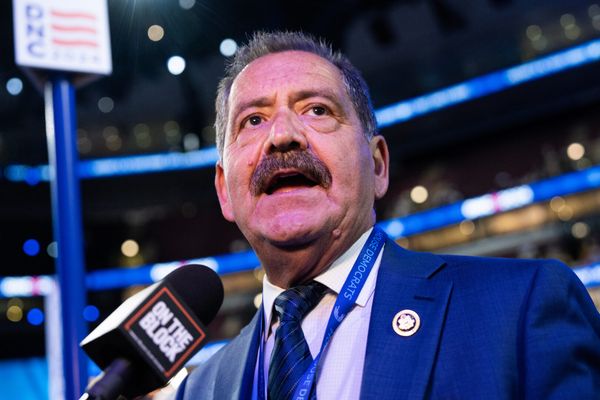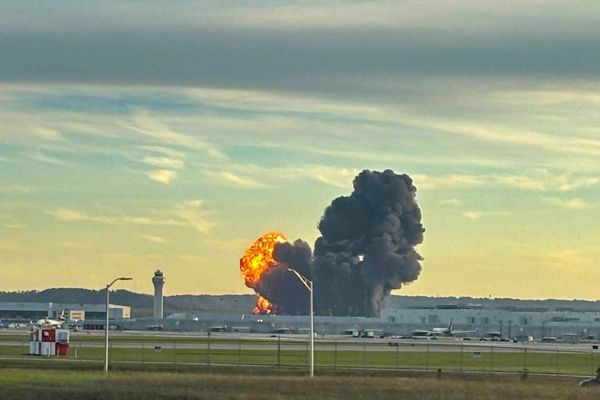
For years, the Circuit Gilles Villeneuve in Montreal, Canada — home to the Formula 1 Canadian Grand Prix — has been one of my favorite tracks to drive in the F1 games. It’s quick, has some tight and technical corners, encourages overtaking, and the Wall of Champions provides one of the most rewarding experiences in all of motorsport. But, if you want to get the most out of your car when visiting Circuit Gilles Villeneuve in F1 25, you’re going to need to dial in a setup that works.
For the record, this article will strictly be about setting up for car for racing conditions in F1 25, not qualifying. For the top hot lap speeds, I’d recommend going over to Time Trials and copying a setup there. Hot lap configurations often don’t jive well with racing setups as they are typically hard on both the tires and engine.
The Best Canada Setup In F1 25
Full disclosure: I’m not really a great setup guy. What I am good at is grabbing a setup for a track and tweaking it to my style and car. That said, thank you to both Matt212 Racing and SimRacingSetups for their guides on Canada setups. Give them a like, they’re both great.
Like many tracks with a giant backstraight, Circuit Gilles Villeneuve will require a high downforce setup in order to achieve the best possible lap times. You will also need to make tweaks here and there to provide the car the right setup in order to efficiently attack the range of chicanes, as well as the slow hairpin before the final straight.
Another thing to consider is that in F1 25, the Circuit Gilles Villeneuve is way less grippy than it has been in years past. This means that on those tight corners in which you’ll be approaching at high speed, the backend of the car will step out here and there. So if you’re running a sim-centric setup, proper throttle control will be invaluable.
Here is the setup that has worked best for me in Canada in F1 25.
Aerodynamics
- Front Wing Aero: 28
- Rear Wing Aero: 23
In racing conditions, I’ve found this to be the best combination. However, there is room for experimentation, especially in qualifying, where the aero on both the front and rear wings can be made a bit higher. I’d suggest extensive practice laps.
Transmission
- Differential Adjustment On Throttle: 80%
- Differential Adjustment Off Throttle: 30%
Suspension Geometry
- Front Camber: -3.40
- Rear Camber: -1.90
- Front Toe-Out: 0.01
- Rear Toe-In: 0.12
For this one, I took a page straight out of Matt212’s book. While racing on all of these settings at their minimum is a viable strategy, it will cause a lot of rear wheelspin. This setup reduces that.
Suspension
- Front Suspension: 38
- Rear Suspension: 4
- Front Anti-Roll Bar: 13
- Rear Anti-Roll Bar: 21
- Front Ride Height: 20
- Rear Ride Height: 50
Brakes
- Front Brake Bias: 55%
- Brake Pressure: 98%
Tyres
- Front Right Tyre Pressure: Max
- Front Left Tyre Pressure: Max
- Rear Right Tyre Pressure: 23.0 PSI
- Rear Left Tyre Pressure: 23.0 PSI







